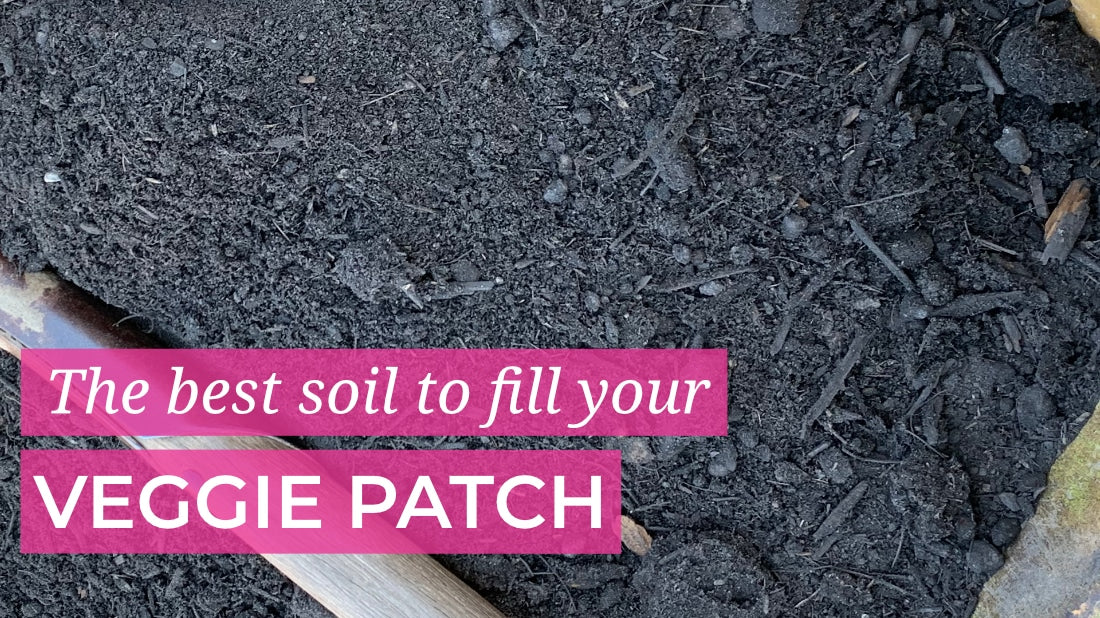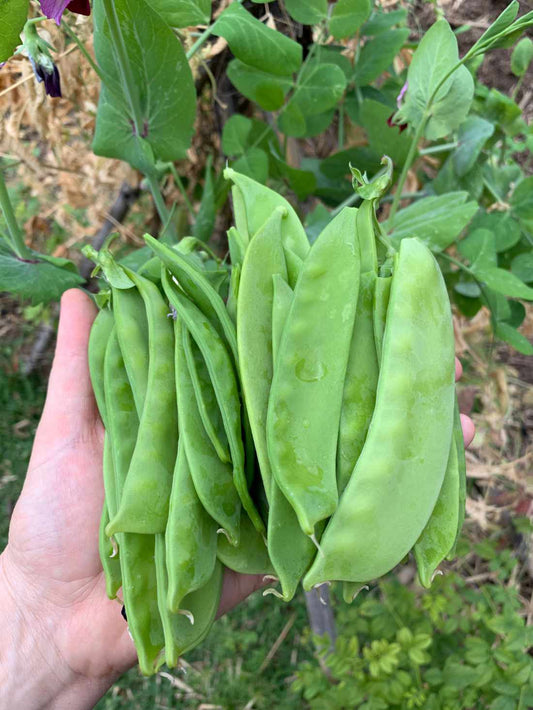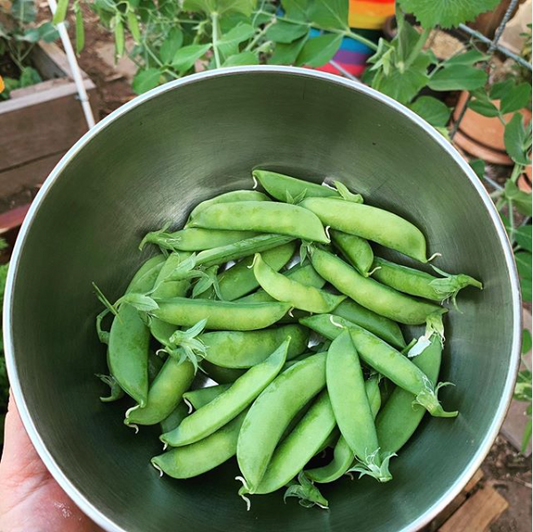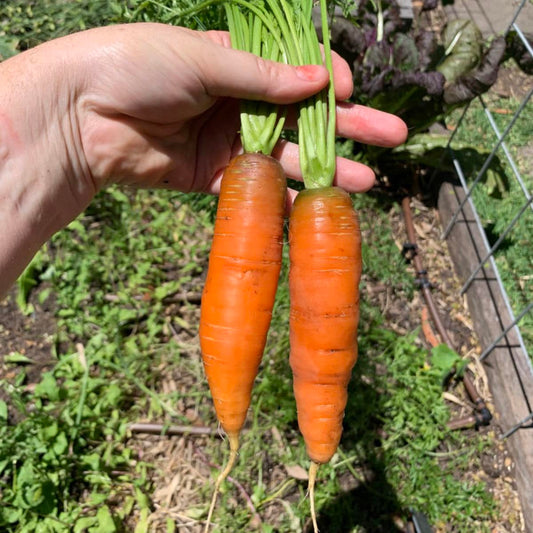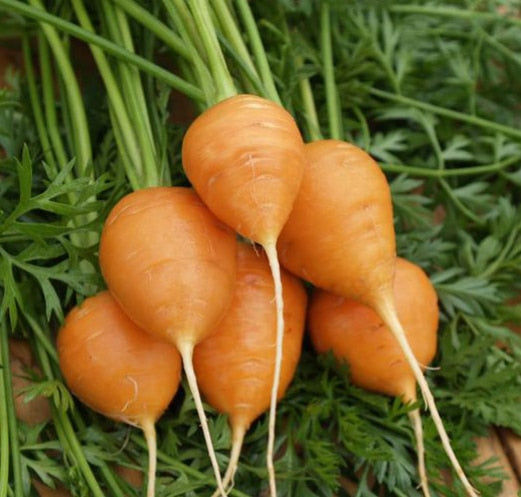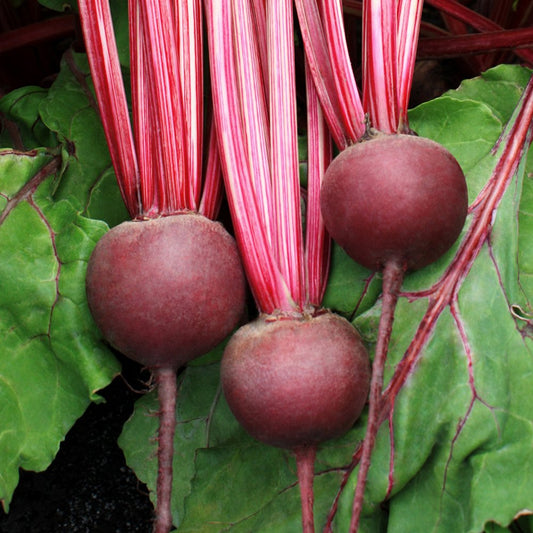If you’ve been following me for a while you’ll know I am a big advocate of no dig beds as the ideal soil setup. We do the majority of our beds like this, however, you do need a lot of compost. And good compost takes a lot of resources (and sometimes time) to make. Which often we don’t have. You can see my cheap raised bed filling method here.
But what if you can’t make a lasagne bed? What if you’ve got more space to cover? It's likely you will need to buy some kind of growing media to get started.
We recently had a situation that most gardeners come across, we had run out of compost! With new beds to fill and wanting to get them full of plants we were impatient and decided to purchase soil. It's been a while since we did this, with the first time being an absolute fail. So I thought I’d share with you guys some tips for when you have to buy in soil for your veggie patch.
Which soil mix should you choose?
Often landscapers will have 3 mixes, one will be the premium veggie patch mix, a garden blend and garden soil. They all have different names but in my experience avoid the most expensive one. Generally it has nutrients added, but doesn't have a great deal of organic matter so runs out of puff pretty quickly.
My main tip is to have a look at it, make sure what you’re purchasing looks loamy - not sand like, not clay like. It should smell like the earth and not be dry. In my experience the stuff that looks like grey sand you need to avoid.
If you can, before you agree to purchase a load of veggie patch soil, try do a sneaky PH test. In the past we’ve found a lot of the ‘premium mixes’ they’ll have a bunch of stuff added to them to make them ‘premium’ but the PH is off the scale. You want the range of 6-7. You’re better with slightly acidic (lower in the PH scale) than anything too alkaline (higher) as acidic is easier to fix, alkaline takes a lot of hard work.
What to add to bought soil
I’d recommend adding in a different brand of compost into it and cow manure (or any manure that you can get your hands on). Give it a mix. If you have worm castings great, add those or brew a aerated tea to kick start it. One big tip I recommend is going to your own garden and getting a shovel full of your own soil (even if it’s terrible soil) and add it to the mix. This will help inoculate the soil with your local microbes and mycorrhizae that do all the work making your plants grow. Generally when you’re buying in soil it can be sterile and devoid of the good guys that make soil great. You want to change that by introducing these things, so your local guys are best.
What to landscaping soil mixes:
- Compost
- Manure (we prefer cow)
- Worm castings or casting/compost tea
- Soil from your own garden
- Worms
Oh and every time you see a worm, chuck it in the new bed, I often move ones from established beds to new beds.
Be patient, it will take a while for it to come good
Sometimes you get lucky and you hit the jackpot with good soil. Sometimes you don’t. Sometimes you get a good batch and the next week you go back and get a dud.
Often everything will be great for a few weeks and then BOOM everything turns yellow. So keep an eye on things. You may need to top up with liquid fertiliser more often. You may need to add a layer of compost or extra manure before the end of the growing season. Expect that it will take time to get it exactly right, but your plants will let you know when it’s not.
Listen to the podcast version here
What have your experiences been with buying in soil for your garden? Feel free to share your tips below.

